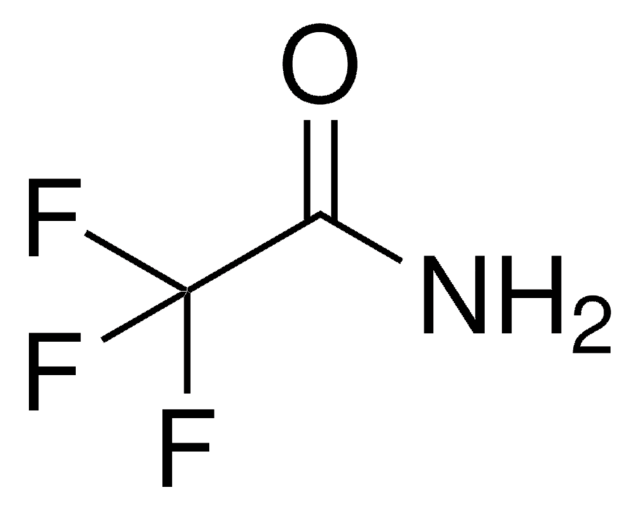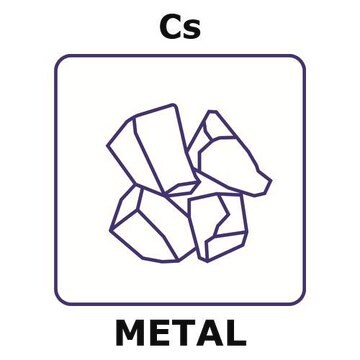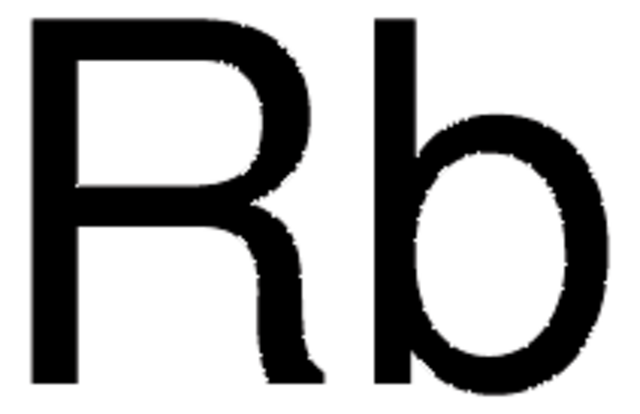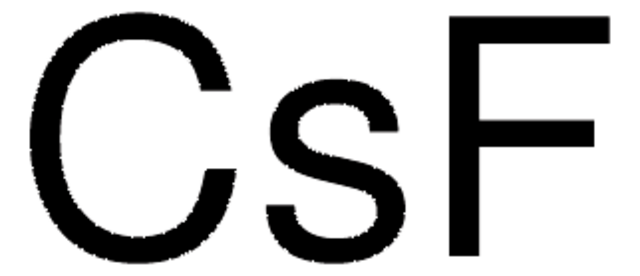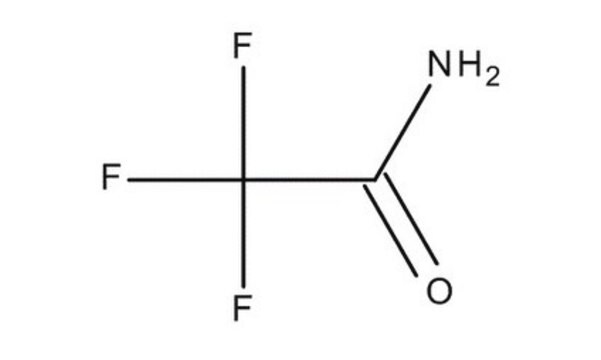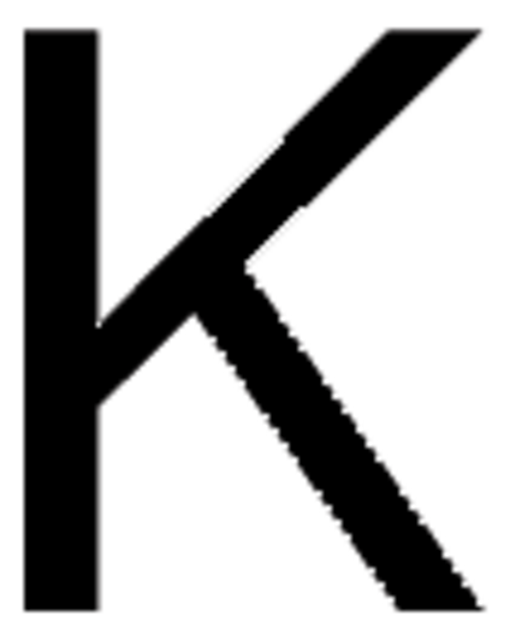239240
Cesium
ingot, ≥99.95% trace metals basis
Synonyme(s) :
Caesium
About This Item
Produits recommandés
Pression de vapeur
1 mmHg ( 279 °C)
Niveau de qualité
Pureté
≥99.95% trace metals basis
Forme
ingot
Pertinence de la réaction
reagent type: reductant
Conditionnement
pkg of Packaged in: Breakseal Ampule
Résistivité
19 μΩ-cm, 0°C
Point d'ébullition
705 °C (lit.)
Pf
28.5 °C (lit.)
Densité
1.873 g/mL at 25 °C (lit.)
Chaîne SMILES
[Cs]
InChI
1S/Cs
Clé InChI
TVFDJXOCXUVLDH-UHFFFAOYSA-N
Vous recherchez des produits similaires ? Visite Guide de comparaison des produits
Description générale
Application
- Cesium-containing triple cation perovskite solar cells: improved stability, reproducibility and high efficiency: Demonstrates how adding cesium to perovskite solar cells improves their stability and efficiency, making a significant advancement in solar technology (M Saliba et al., 2016).
- Exotic stable cesium polynitrides at high pressure: Explores the formation of new cesium polynitrides under high pressure, indicating potential applications in high-energy-density materials (F Peng et al., 2015).
Mention d'avertissement
Danger
Mentions de danger
Conseils de prudence
Classification des risques
Skin Corr. 1B - Water-react 1
Risques supp
Code de la classe de stockage
4.3 - Hazardous materials which set free flammable gases upon contact with water
Classe de danger pour l'eau (WGK)
WGK 3
Point d'éclair (°F)
Not applicable
Point d'éclair (°C)
Not applicable
Équipement de protection individuelle
Eyeshields, Faceshields, Gloves, type P3 (EN 143) respirator cartridges
Faites votre choix parmi les versions les plus récentes :
Déjà en possession de ce produit ?
Retrouvez la documentation relative aux produits que vous avez récemment achetés dans la Bibliothèque de documents.
Les clients ont également consulté
Notre équipe de scientifiques dispose d'une expérience dans tous les secteurs de la recherche, notamment en sciences de la vie, science des matériaux, synthèse chimique, chromatographie, analyse et dans de nombreux autres domaines..
Contacter notre Service technique